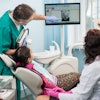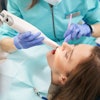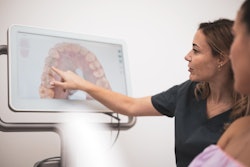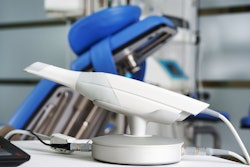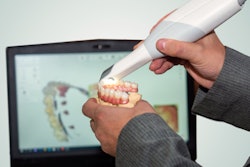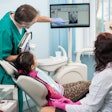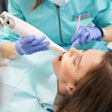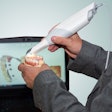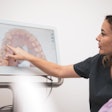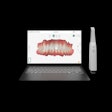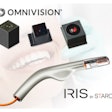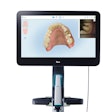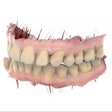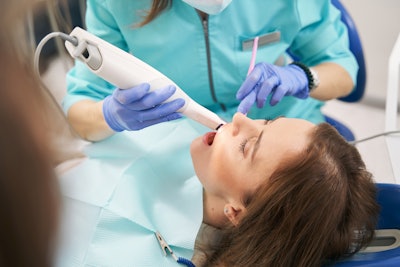
The trueness of shade matching with intraoral scanners (IOSs) may be lower than that of spectrophotometers (SPs), according to a systematic review published on September 9 in the Journal of Esthetic and Restorative Dentistry.
Furthermore, IOSs appear to be unsuitable for shade determination, the authors wrote.
"We recommend against using IOSs for tooth shade determination because there is no evidence that they can be a reliable solution in everyday dental practice," wrote the authors, led by Viktória Vitai of the Semmelweis University Centre for Translational Medicine in Hungary.
For the review, 23 articles, including in vivo and in vitro quasi-experimental studies, were analyzed.
A quantitative analysis was performed to assess intraoral scanner accuracy in subgroups based on four outcomes: trueness and precision at different measurement locations. A random-effects model was used to pool effect sizes, with the pooled proportion and a 95% confidence interval (CI) as the effect size measure, they wrote.
Five IOSs were evaluated in the quantitative analyses: the 3Shape Trios Color, the 3Shape Trios 3, the 3Shape Trios 4, the CEREC Omnicam, and the CEREC Primescan. Five SPs were used for comparison: the Vita Easyshade, the SpectroShade, the Rayplicker SP, the ShadeEye SP, and the Color-Eye 7000-A colorimeter. Accuracy, which was reported as trueness, was covered in 22 studies, precision was reported in 15 articles, and percentage match agreement in nine studies, according to the study.
Three studies were included in the trueness analysis for the Vita Classical (VC) shade guide system, with a mean trueness of 0.28 (CI: 0.09-0.60), which was statistically significant (p < 0.001). For the repeatability outcome, six studies using the 3D shade guide system with measurements taken in the middle third location of reference teeth showed a high mean repeatability of 0.85 (CI: 0.74-0.92), with a statistically significant difference (p < 0.001).
Three studies on the repeatability of the 3D system in the middle third location showed a mean value of 0.73 (CI: 0.59-0.84), which was clinically acceptable but not statistically significant (p < 0.070). Finally, three studies analyzed repeatability using the VC system with the 3Shape Trios 3 IOS, reporting a clinically acceptable mean of 0.81 (CI: 0.64-0.91) and a statistically significant difference (p < 0.001), according to the results.
However, the study had limitations. The reference tooth shade may influence trueness and repeatability. Molars and premolars may be measured more accurately by IOS devices, the authors wrote.
"The trueness of shade matching with intraoral scanners is low compared to spectrophotometers, although the precision is considered high and is similar to spectrophotometers," Vitai and co-authors concluded.

